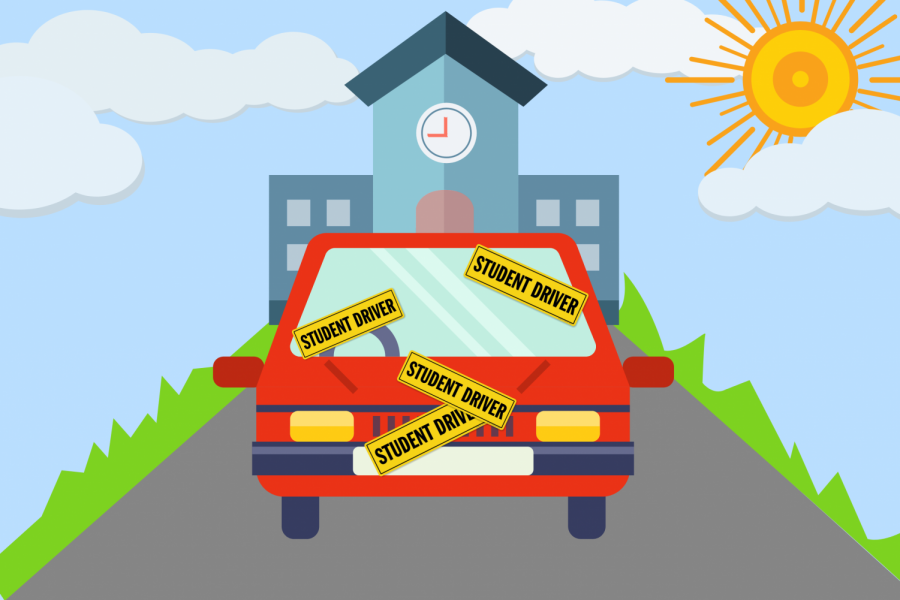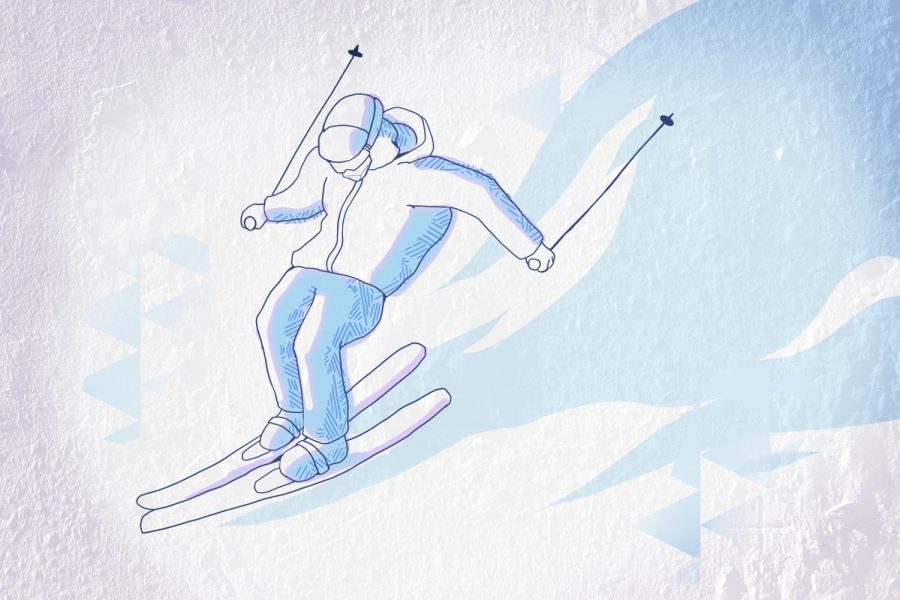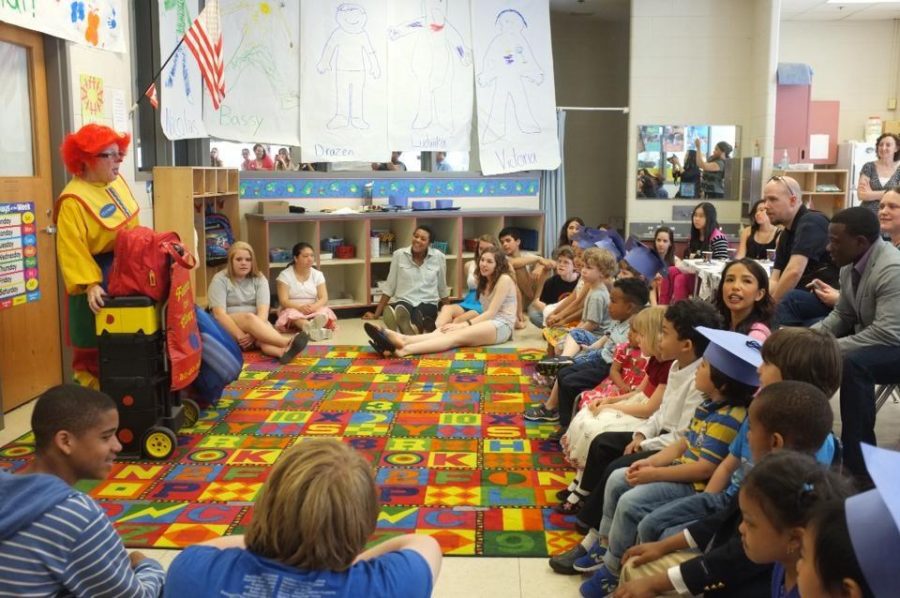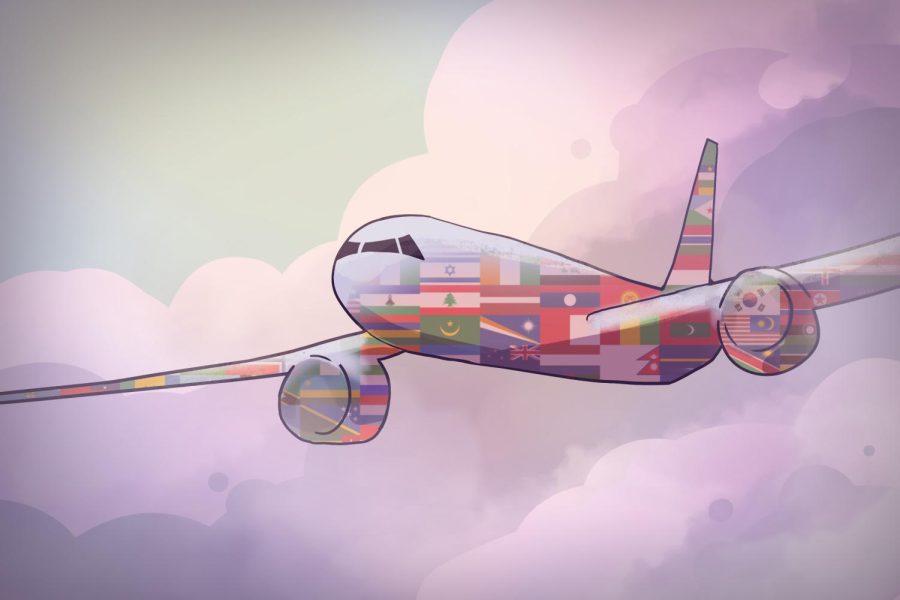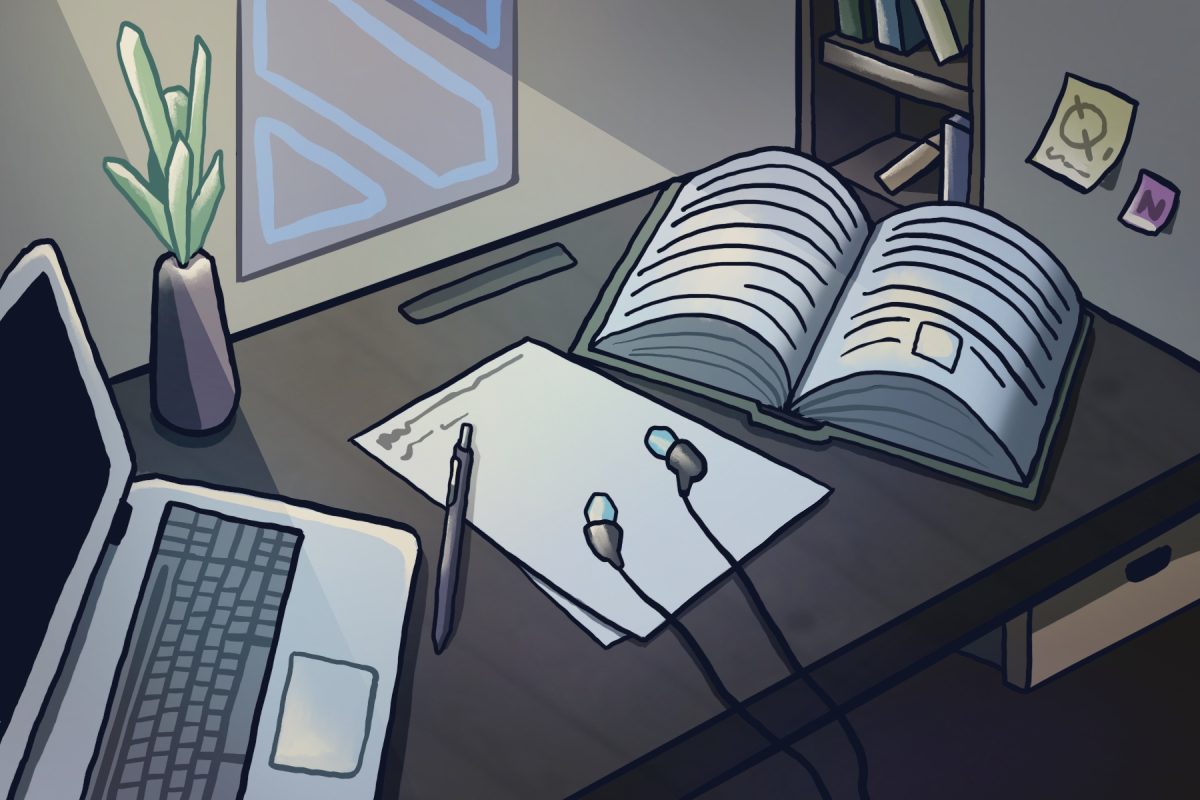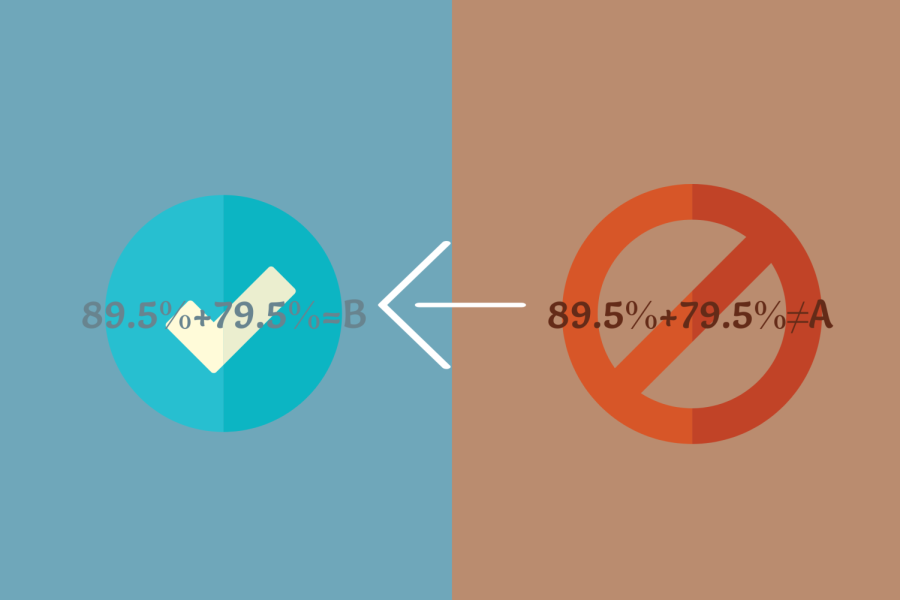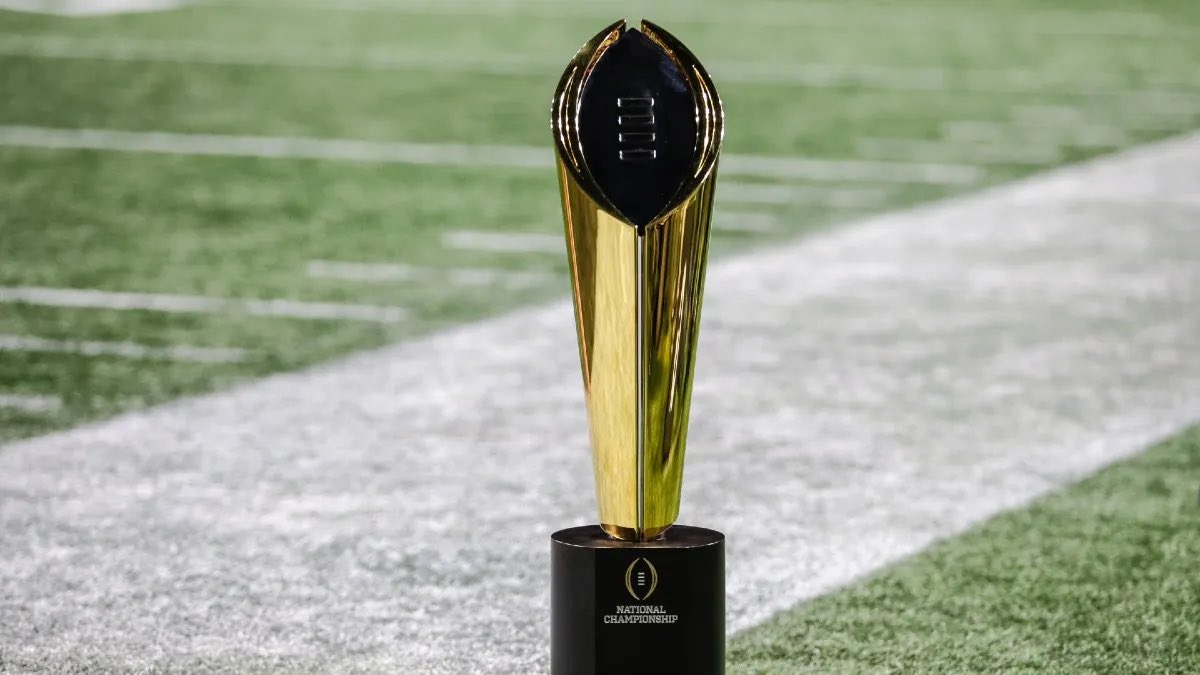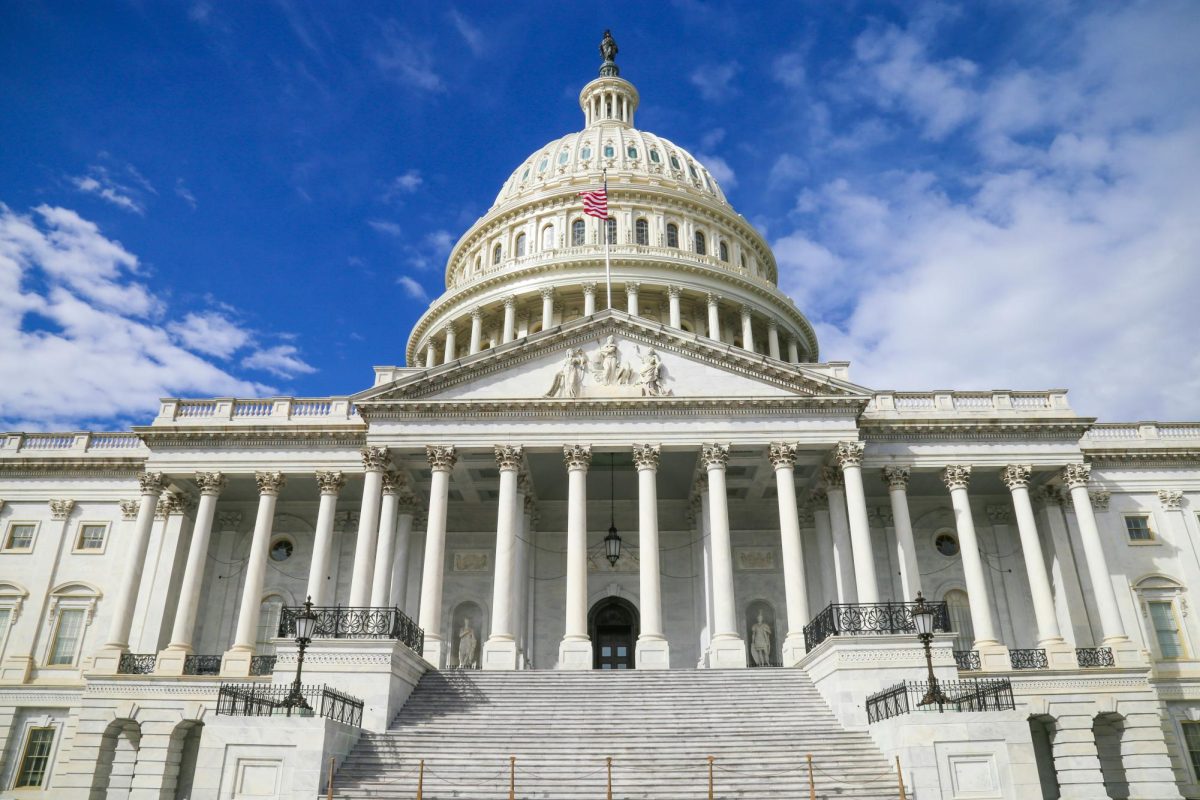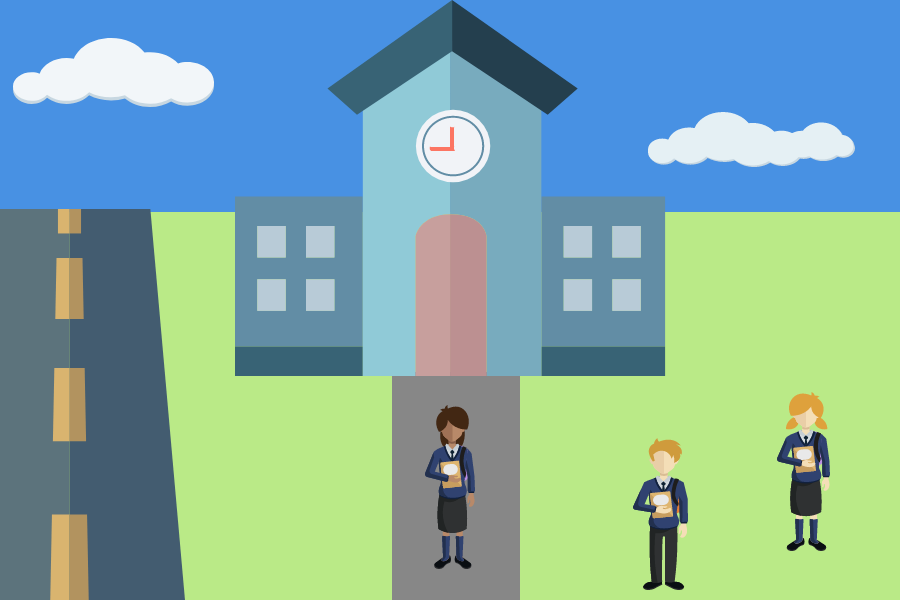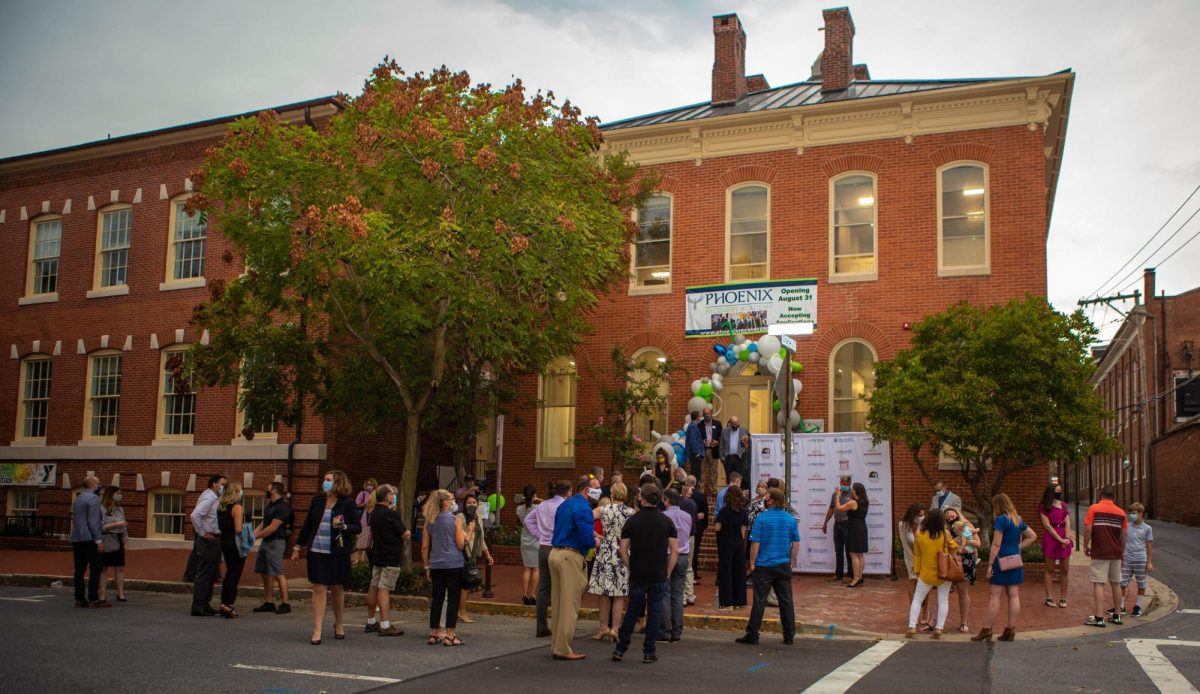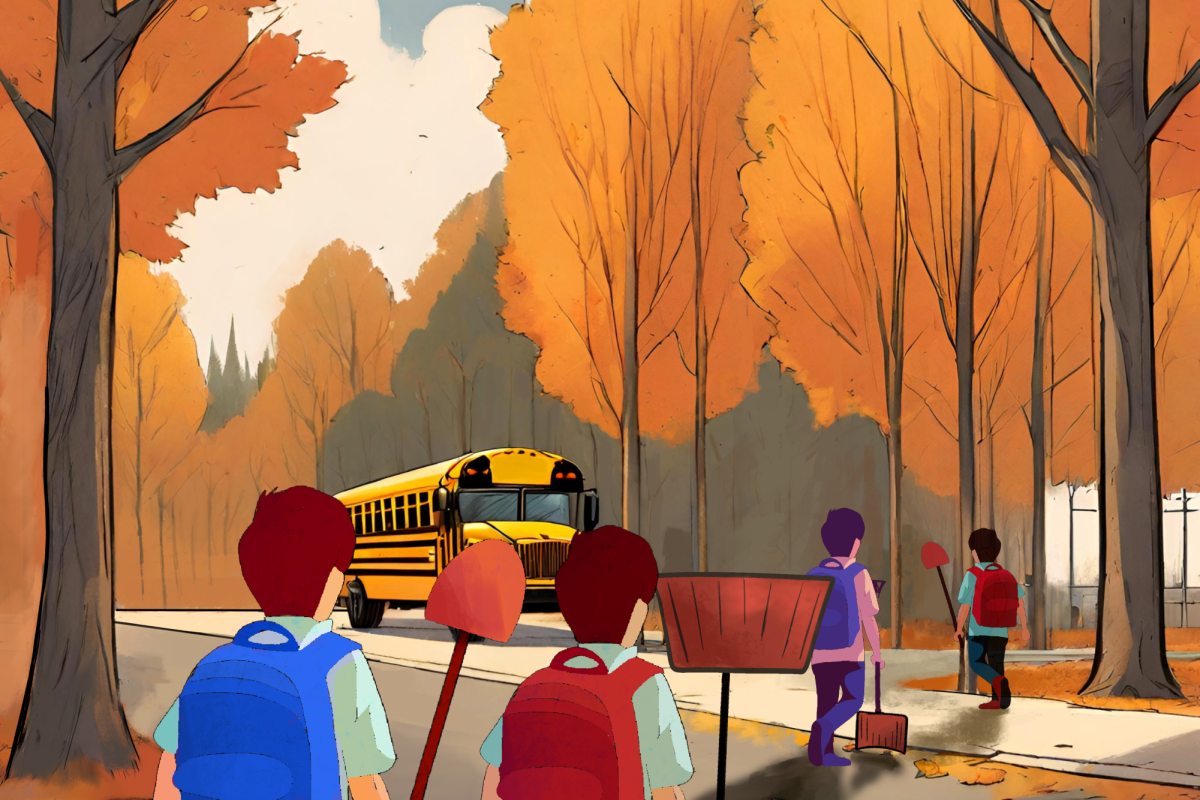I pull into my carport with blurry vision, tears streaming down my cheeks. My dad suddenly yelled that I was getting too close to the basketball hoop in our driveway. I panic, hitting the gas instead of the brakes. Immediately, I knew I had made a severe mistake. I raised my head to see a dislodged pillar on my carport, and I was just a few feet away from crashing into my house — It was only my third time driving, and I already never wanted to be behind the wheel again.
Every time I began driving, fear would consume me. Something about being in control of a two-ton projectile capable of causing serious harm was terrifying. I was scared that I would injure myself or someone else, and my lasting fear caused me to repeatedly lose control of both the car and my thoughts. It felt like a never-ending cycle.
After receiving my permit, it took me four months to work up the courage to drive. When my friends discussed how eager they were to get their licenses, I could never relate because of how badly I wanted to procrastinate driving in the first place.
When I started driving, I thought I would immediately pick the skill up and finally understand my friends’ excitement. However, that wasn’t the case.
Eventually, I experienced moments that helped me get over my paralyzing fear. My parents would tell me, “Every idiot in the world drives” — a blunt reminder that if everyone else could, I should be able to as well. I also found encouragement in seeing other teenage drivers cruising confidently. Seeing my peers drive made me believe I was just as capable.
I also realized that driving is something that you can only gain confidence in by practicing often. Not every mistake was life-threatening, and I came to terms with the fact that making mistakes was the only way for me to learn. My friends would talk about their driving mistakes, unknowingly helping me to overcome my fear.
When I started driving without letting my emotions interfere, I felt stupid for the amount of stress I had caused myself before. I felt free and finally understood how the whole world could do it.
Soon enough, I started driving to practice and my friends’ houses frequently. I got my license in September, but my fear of driving still hasn’t completely dissipated. Once an insurmountable obstacle, my driving anxiety has become something positive.
Getting my license and sharing the road with teenage drivers has opened my eyes to how prevalent reckless driving is. In the Whitman parking lot, I’ve observed many students’ dangerous habits and ignorance as drivers constantly cut in front of each other and feel that they have to be aggressive to get their way.
According to the NIH, young drivers have the most accidents and fatalities on the roads. Car accidents are the leading cause of death for teenagers, accounting for a third of all deaths.
The NIH reports that issues with teenage driving stem from a lack of development in the prefrontal cortex, which helps with impulse control and decision-making processes and doesn’t stop developing until the age of 25. Since teenagers don’t have fully developed prefrontal cortexes, they tend to make more careless decisions on the road.
While learning how to drive, teenagers still need to be aware of the consequences. Driving thoughtlessly with little regard for other cars, pedestrians or passengers is hazardous and irresponsible. Even though it requires slightly more focus, driving cautiously is worth it to avoid getting hurt or carrying the guilt of hurting someone else. In fact, I believe that all teenage drivers could benefit from having some driving anxiety.
I now love driving, and I drive people around all the time. However, I will always be careful not to put myself or others at risk when driving. That’s the funny thing about my driving anxiety — it’s caused me an unwarranted amount of distress, but it’s also what motivates me to be a safe driver.



